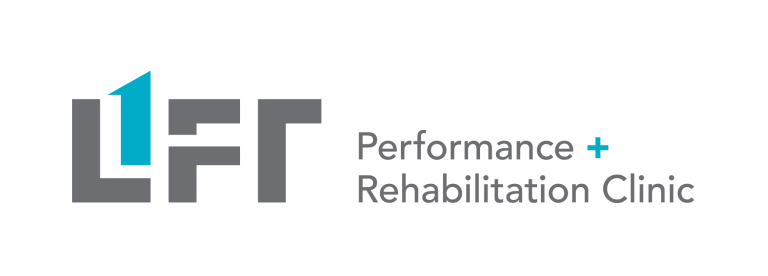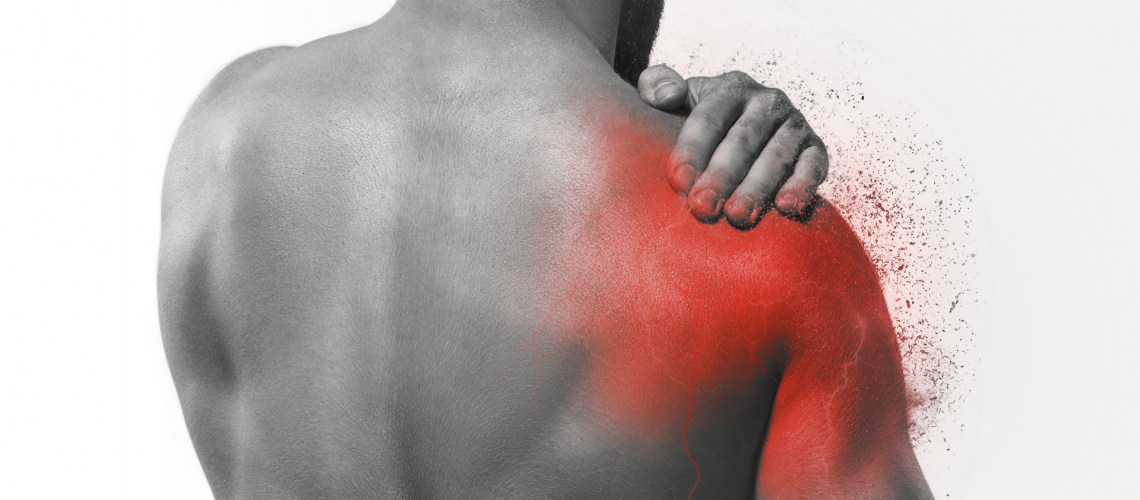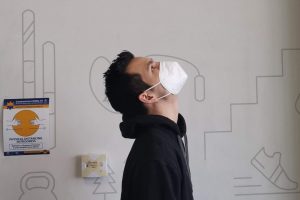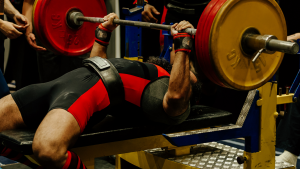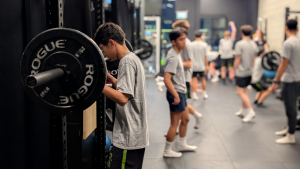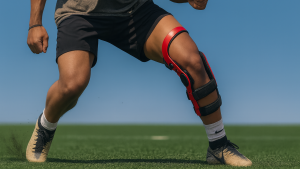The shoulder joint is a ball and socket joint. There is a layer of connective tissue surrounding the joint. Normally, this capsule is quite loose and allows for the shoulder joint to move freely.
With frozen shoulder pain, the capsule becomes inflammed and tight resulting in joint stiffness, pain and limited range of motion.
It is common after significant trauma to the shoulder (like a fracture or surgery) or an injury to the neck resulting in an injury to neural structures. Frozen shoulder pain may also occur spontaneously (without a cause). Although It may happen spontaneously, there are risk factors and medical conditions associated with frozen shoulder such as:
- Age 40 – 60
- Diabetes
- Thyroid disorders
- Parkinsons
- Women are four times more likely than men
What does Frozen Shoulder feel like?
Frozen shoulder typically presents itself as pain and stiffness in the shoulder. Depending on progression of the condition, the severity of the symptoms will vary. A person with frozen shoulder may have difficulty with daily living, work, and leisure activities such as:
- reaching overhead (hanging clothes)
- reaching across: fastening seatbelt
- rotation of the shoulder (getting dressed, doing their hair)
They may also experience neck pain due to the overuse of neck muscles to compensate for the lack of shoulder range of motion.
There are 3 overlapping phases that typically occur during the progression of frozen shoulder.
- Freezing Phase (Early Frozen Shoulder): There is pain at rest and increases with activity. There is also pain at night affecting sleep. There is also significant stiffness and loss of range of motion
- Frozen Phase (Developed Frozen Shoulder): The shoulder continues to stiffen and there is further restriction to the range of motion. Pain is usually present only at the end range of motion.
- Thawing Phase (Developed Frozen Shuolder): the shoulder range of motion and stiffness gradually improves over time. There is usually minimal to no pain during this phase.
These phases typically occur over a 1 to 3 year period. In general, frozen shoulder is a self limiting (will get better on it’s own with or without treatment)
What can be done about Frozen Shoulder?
Although Frozen Shoulder should get better on it’s own, it is important to use the shoulder as much as possible (within the limits of the available range of motion). This is the prevent further deterioration of the condition.
It may be tempting to immobilise the arm or stop using it, but by limiting use of the arm, it will further increase stiffness of the shoulder.
During the freezing or early phase, the goals are to reduce inflammation, manage pain and learn more about their condition. Treatment may include gentle range of motion (pain-free to reduce the risk of aggravating the condition), strengthening of shoulder muscles, and soft tissue work or physical modalities to deal with pain and stiffness. It is important to address problems that arise secondarily as a result of frozen shoulder, such as neck pain, and general deconditioning.
During the frozen and thawing phase, more intensive shoulder mobility and strength exercises can be implemented to regain range of motion limitations and function to the shoulder.
How can a Physiotherapist / Chiropractor/ Registered Massage Therapist at Lift Clinic Treat Frozen Shoulder (Adhesive Capsulitis)?
Our Lift Clinic clinicians are able to do an in depth assessment to determine The severity and progression of frozen shoulder. This may include an interview, questionnaires and a physical examination. The clinician may also liaise with your doctor to rule out any other potential causes for shoulder pain. Through a physical examination, the clinician may be able to determine the current phase of frozen shoulder. This assessment will allow the clinicians to estimate a timeline for recovery, and guide the treatment plan.
The Physiotherapy, Massage Therapy, or Chiropractic treatment sessions with the clinicians aim to help you reduce pain, restore movement and restore function. They will educate you about your injury, and provide an idea for what to expect during your recovery from Frozen Shoulder. Each session may include modalities such as manual therapy, shockwave therapy, IMS and exercise prescription. Our clinician will create a specific self management plan involving strategies for pain, stretches and exercises that are suitable to the phase of frozen shoulder.
